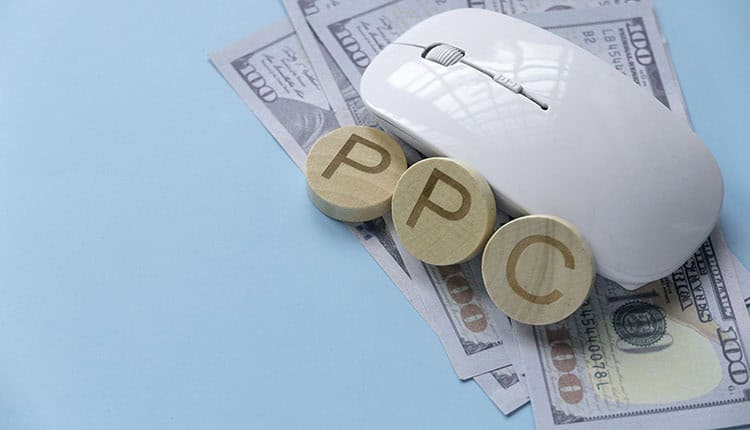Pay Per Lead vs. Pay Per Click: Which Is Better for SMBs?
by Rudy on July 31, 2025 in Customer Acquisition
When you're running a small or medium-sized business (SMB), every dollar spent on marketing counts. Choosing between Pay Per Lead (PPL) and Pay Per Click (PPC) can feel overwhelming—especially if you're not sure which gives better value. Both have unique benefits and risks, and the right choice depends on your goals, budget, and capacity to convert leads. This article breaks down the pros, cons, and best use cases for each, helping you make a smart, confident decision for your marketing strategy.

What Is Pay Per Click (PPC)?
PPC is a digital advertising model where you pay every time someone clicks your ad—whether or not they become a customer. Google Ads is one of the most common platforms for PPC.
Pros:
- Immediate traffic to your website.
- Full control over your daily ad spends and targeting.
- Useful for brand awareness and promotions.
Cons:
- Clicks don’t guarantee leads or sales.
- Costs can add up quickly, especially in competitive markets.
- Requires ongoing optimization and monitoring to stay effective.

Best for:
Businesses with strong websites and high-converting landing pages. If you’re confident in your sales funnel and want to drive targeted traffic fast, PPC could work well.
What Is Pay Per Lead (PPL)?
With PPL, you pay only when you receive a lead—usually in the form of a phone call, form submission, or email enquiry. The lead is someone who’s actively interested in your service.
Pros:
- You only pay for actual interest, not just traffic.
- Easier to track ROI—you know what each lead costs.
- Less time spent managing ad campaigns.
Cons:
- Lead quality can vary—some might not convert.
- Less control over where and how your business is advertised.
- May cost more per action compared to PPC.

Best for:
Businesses that want predictable results without handling ad management directly. Ideal if you're focused on conversions and don’t have time to manage a campaign full-time.
Which Strategy Works Best for SMBs?
The better option depends on your specific situation:
- If you’ve got time to manage and optimize ads, PPC offers speed and control.
- If your focus is getting genuine enquiries without the hassle, PPL delivers results with less effort.
Think about your internal capacity. Do you have someone who can tweak ads, track metrics, and adjust bids? If not, PPL might save you time and still bring in business. On the flip side, PPC gives you the tools to scale fast if you're ready for growth.

Conclusion
Both Pay Per Lead and Pay Per Click have clear advantages, and neither is one-size-fits-all. PPL gives peace of mind—you’re paying for interest, not just exposure. It’s great for busy owners who want consistent leads. PPC, meanwhile, suits businesses ready to take control of their marketing and test what works.
Progress in digital marketing is about finding what fits your business, not following trends blindly. Whether you lean towards PPL for simplicity or PPC for precision, the key is to track results and adjust along the way. The fact that you’re exploring options already shows forward-thinking and commitment to growing your business. Keep going, stay curious, and choose the path that supports your unique goals.
Author: Rudy Labordus
Rudy Labordus is an Internationally acclaimed author, marketing strategist and speaker. He has been instrumental in helping launch and develop several multi million dollar businesses around Australia and excels in developing innovative, strategic and creative solutions that produce exceptional results for his clients.
